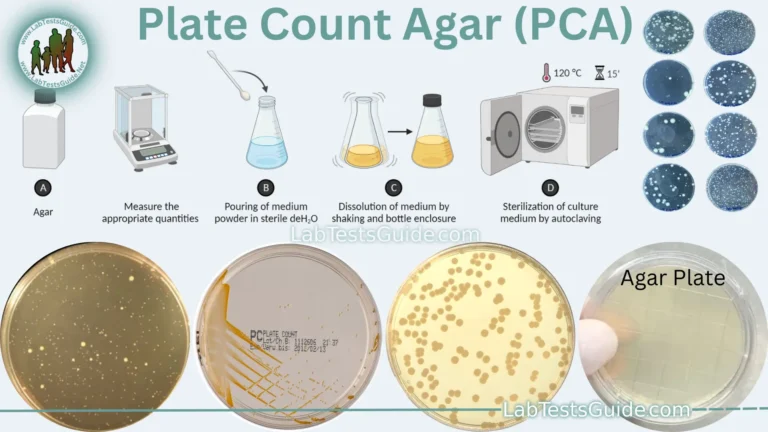Caffeine-benzoate reagent is a specialized solution used in analytical chemistry, particularly for detecting and quantifying caffeine. This reagent is created by combining caffeine with benzoic acid to form a complex that can be used in various analytical methods.

Uses of Caffeine-Benzoate Reagent:
- Caffeine Detection: Identifies the presence of caffeine in various samples, such as beverages, pharmaceuticals, or biological fluids.
- Quantitative Analysis: Measures the concentration of caffeine in samples, useful for quality control in manufacturing and research.
- Chromatographic Analysis: Assists in the identification and quantification of caffeine in chromatographic techniques, including high-performance liquid chromatography (HPLC).
- Quality Assurance: Ensures the correct caffeine content in products, such as energy drinks or medications, adhering to regulatory standards.
- Analytical Research: Utilized in scientific research to study caffeine levels and its effects in different substances or formulations.
Composition of Caffeine-Benzoate Reagent:
| Component | Amount |
|---|---|
| Sodium acetate, trihydrate | 46.5 g |
| Sodium benzoate | 28.0 g |
| di-Sodium EDTA* | 0.5 g |
| Caffeine | 19.0 g |
| Distilled water | to 500 ml |
Preparation of Caffeine-Benzoate Reagent:
- Weigh and Transfer: Weigh the sodium acetate, sodium benzoate, and di-sodium EDTA. Transfer these to a 500 ml volumetric flask.
- Dissolve Chemicals: Fill the flask about halfway with distilled water. Stir the mixture until all the chemicals are completely dissolved.
- Add Caffeine: Add the caffeine to the flask and continue to mix until the caffeine is fully dissolved.
- Adjust Volume: Add distilled water to the flask up to the 500 ml mark. Mix well to ensure uniformity.
- Filter and Store: Filter the reagent into a leak-proof bottle. Label the bottle and store it at room temperature. The reagent remains stable for at least 6 months.
Precautions:
- Personal Protective Equipment (PPE): Wear appropriate PPE, including gloves, lab coat, and safety glasses, to protect yourself from chemicals.
- Proper Ventilation: Ensure the work area is well-ventilated, particularly when handling powders or dissolving chemicals.
- Accurate Measurements: Use precise analytical balances and volumetric equipment to ensure accurate measurements of chemicals.
- Clean Equipment: Ensure all glassware and equipment are clean and free from contaminants before use.
- Chemical Handling: Handle all chemicals, especially caffeine and sodium benzoate, with care. Avoid inhalation and contact with skin or eyes.
- Dissolution: Ensure that all chemicals are completely dissolved to avoid inconsistencies in the reagent.
- Storage: Store the prepared reagent in a clean, leak-proof bottle at room temperature. Avoid exposure to extreme temperatures or direct sunlight.
- Labeling: Clearly label the reagent bottle with the contents and date of preparation to avoid confusion and ensure proper usage.
- Disposal: Follow appropriate disposal guidelines for any waste or leftover chemicals according to local regulations and safety protocols.
Uses of Caffeine-Benzoate Reagent in Clinical Laboratories:
- Caffeine Detection: It helps in detecting the presence of caffeine in biological samples such as blood or urine, which is useful for toxicology screenings or monitoring caffeine intake.
- Quantitative Analysis: Used to measure the concentration of caffeine in various clinical samples, aiding in the assessment of caffeine levels in patients undergoing treatment or diagnosis.
- Chromatographic Methods: Serves as a reagent in chromatographic assays, like high-performance liquid chromatography (HPLC), for the separation and quantification of caffeine.
- Pharmacokinetic Studies: Assists in pharmacokinetic studies to understand the absorption, distribution, metabolism, and excretion of caffeine in the body.
- Quality Control: Used in quality control processes to ensure the accurate concentration of caffeine in pharmaceutical preparations or other clinical products.
- Toxicology Investigations: Plays a role in investigations related to caffeine overdose or poisoning, helping in the analysis of toxic levels of caffeine in clinical samples.
Possible References Used







